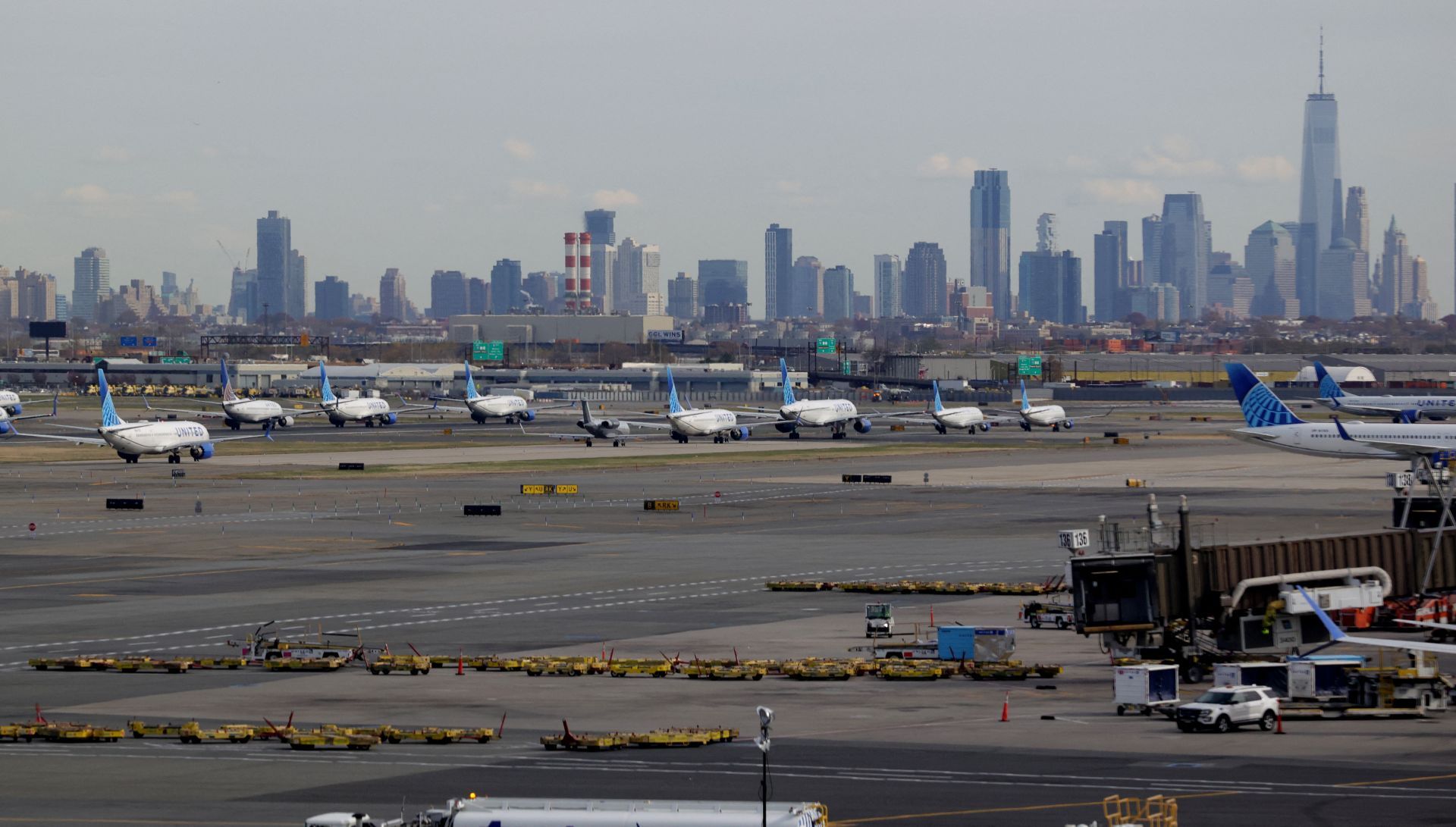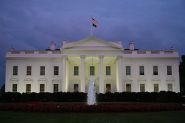- Home
- Middle East
- America’s Longest Shutdown: A Nation in Uncertainty

©TIMOTHY A. CLARY / AFP
As the United States enters its sixth week without an approved budget, the paralysis of the federal government has spread far beyond Washington’s corridors of power. Flights are canceled, public services remain closed, and federal employees go unpaid. The crisis is testing the resilience of the world’s largest economy and raising urgent questions about how, and more importantly, when, this stalemate will end.
New Phase of the Crisis: Air Travel Hit Hard
More than 800 flights were canceled across the country on Friday, according to tracking platform FlightAware. The cancellations followed a nationwide reduction in air traffic ordered by the Trump administration to ease the burden on controllers working without pay.
The measure, announced by the Federal Aviation Administration (FAA), affects forty airports, including major hubs in Atlanta, Chicago, Newark, and Los Angeles. It delivers a severe blow to travelers during the Thanksgiving holiday, the busiest travel period of the year in the US.
Reductions currently account for 4% of domestic traffic and are expected to reach 10% next week if no agreement is reached.
Transportation Secretary Sean Duffy said the move aims to “reduce growing risks in the system” as the shutdown entered its 37th day, describing it as a “preventive safety measure.” FAA Administrator Bryan Bedford added that authorities “will not wait for a safety issue to occur,” emphasizing that the agency is acting “to prevent conditions from deteriorating.”
Public Institutions Under Strain
The shutdown, which began on October 1, is now the longest in US history. What began as a budget dispute over health and social programs has escalated into full institutional paralysis. Around 1.4 million federal employees are either furloughed or working without pay, while many public services remain halted.
Federal approvals for loans and permits, representing roughly $800 million in frozen authorizations per day, have been suspended, delaying projects in housing, energy, and infrastructure.
The military received their mid-October pay after the administration tapped emergency funds, a temporary fix that some members of Congress consider unsustainable in the long term. Civilian employees, including contractors ineligible for retroactive pay, continue to face total uncertainty.
In education, the impact has been limited. Most schools rely on state funding, and federal grants are generally distributed during the summer. Still, the freeze on new student loans and research grants has stalled many universities, and several federally funded preschools have been forced to close.
Major national parks and historic monuments have also shut their doors. The Supplemental Nutrition Assistance Program (SNAP) narrowly avoided suspension this week after a federal judge ordered the release of emergency funds.
Some government operations continue. Border protection agents, airport security staff, and public hospital workers remain on duty despite going unpaid for over a month. The US Postal Service, financially independent, continues delivering mail, while Social Security checks and Medicare benefits are still being disbursed.
Economic Shows Warning Signs
Economists estimate that the government shutdown is draining about $15 billion from national output each week, equivalent to a loss of 0.1 to 0.2 % of weekly GDP.
The suspension of key economic reports, including the October jobs report, has left analysts and policymakers in the dark, increasing the risk of policy errors.
While the White House has authorized emergency funds to maintain military pay and support food assistance programs, small businesses dependent on federal contracts or loans, representing roughly $800 million in frozen approvals daily, are among the hardest hit.
With Thanksgiving approaching, household spending, a vital driver of US economic growth, is already showing signs of slowing. Financial institutions such as Wells Fargo and S&P Global Market Intelligence warn that a prolonged shutdown could push the unemployment rate close to 5% and heavily weigh on year-end sales.
Political Deadlock Persists
On Thursday, Trump rejected growing calls for a temporary budget deal, saying he would not sign “an inflated budget to reward inefficiency.” He described the standoff as “an opportunity to permanently streamline the federal administration.”
Earlier statements from the White House suggested that some employees deemed “non-essential” might not receive retroactive pay, breaking with standard practice and prompting a wave of legal challenges.
Congress remains deeply divided. Republicans, holding majorities in both chambers, have failed to secure the 60 votes needed in the Senate to pass a funding measure. Democrats continue to demand the continuation of health insurance subsidies and the reversal of cuts to Medicaid, positions the White House firmly opposes.
Several procedural votes have already failed. A small bipartisan group has discussed a temporary resolution to reopen the government before Thanksgiving, November 27, but there is no indication the president would approve it.
In the meantime, both sides appear to be testing public patience and the endurance of federal staff, exhausted after more than a month of political impasse.
Read more





Comments